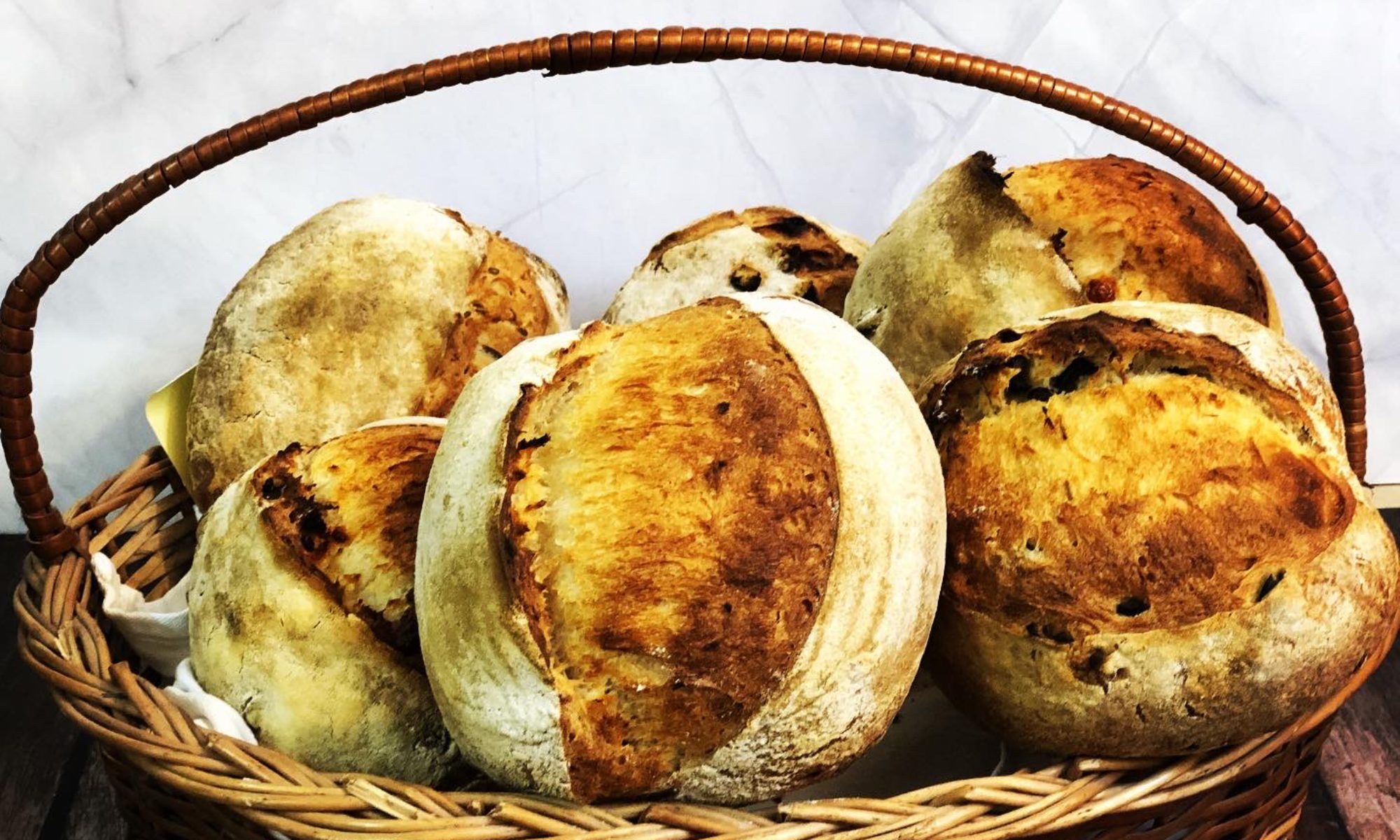Well, wasn’t that an interesting tongue twister we used to have fun with when we were in the school? The bitter part of it was just to make your tongue twist 🙂 Otherwise butter is one of the most flavourful ingredients used in baking in the fat category. Fats can be classified as solid and liquid. Apart from butter, shortening and margarine fall in the solid fat category. Oils that can be used for baking fall in the liquid fat category. In India, even ghee is used for baking and can be counted in the liquid category. This blog is all about the fat ingredients that can used in baking.
We need to understand the role played by fats in baking. Fats used in baking are generally called shortening although shortening is also a separate type of fat. The reason they are called so is because they tend to shorten the gluten strands by coating the particles and hence tenderising the product. The most important function of fats in baking is to impart flavour to the baked good and contribute to the richness of the product. Additionally, they impart moistness to the baked product and also increase the shelf life.
Each type of fat has its own behavioural characteristics. Let us look at them one by one.
- Shortening – Shortening is a fat that is made from vegetable oils like soya bean or cotton seed and animal fat or both by hydrogenating them. They can be made in varying degrees of solidity, according to the application. They became popular because of their ability to hold shape and hence when beaten with sugar, the mixture becomes aerated. Hence they are used to create flaky pastry products. On the negative side, they are not that great in flavour as compared to butter. Due to their higher melting point, they tend to leave a very unpleasant coating in your mouth or back of your throat. Another negative was that they are considered unhealthy because of the presence of trans-fats in them.
- Margarine – Margarine can be called imitation butter and comprises of hydrogenated vegetables oils, emulsifiers, flavourings and sometimes salt. Sometimes they also contain dairy products such as whey or lactose and hence may not be completely vegan. However, there may be vegan versions available. They are cheaper than butter. It can be said that margarine was created as a cheaper alternative to butter. Earlier, even though they were considered to have unsaturated fat as a result of natural advantage of being manufactured from vegetable oils, they had trans fats which are equally bad for health. But now a days manufacturers have figured out a way of making margarine without the trans fats. Margarine is not as flavourful as butter in taste.
- Butter – Butter is a dairy fat made by churning fresh or fermented milk or cream. The process of churning separates fat called butter and liquid called buttermilk. It is perhaps the most flavourful amongst all the fats used in cooking. But is supposed to be rich in saturated fats that are not good for health. It is good to be used in breads, cakes and short crust pastry. It is temperamental and hence is very difficult to use for flaky and puff pastry, croissants etc.
- Spreads – This is the type of fat one has started hearing about recently. Spreads, like margarine, are also made by emulsifying vegetable oils and water. Commonly available spread is Nutralite.
- Oils – Oils are liquid fats. They can be made from a variety of seeds and nuts. They tend to spread too much in the batter and lack the creaming ability of butter. Hence they are primarily used in breads, a few cakes and quick breads. Other than that they are mainly used for greasing pans, cooking and frying.
Ghee – Ghee is a type of clarified butter and is mostly used in India. When butter is heated in sauce pan on moderate heat, slowly the water contents starts evaporating and eventually we get yellow coloured fat called clarified butter and white milk solids which are skimmed off. If you continue heating further, the milk solids turn brown and settle to the bottom. After you strain this, what you get is the ghee with toasty flavour and longer shelf life. Ghee can be used wherever oil is used in a recipe. Also it is good to be used in baked products like cookies as it tends to make the product crispier. As it contains more fat than butter, we must use at least 25% less quantity as compared to butter. If the batter feels dry, adjust with the help of milk or water.
As you can see there are a variety of fats available to us. So the question arises as to how one should select the fat for baking or cooking. One has to consider the following points while making a choice :
- Flavour
- Hardness and Softness at different temperatures
- Melting point
- Emulsifying ability
- Health benefits.
Now that you know how to choose the fat suited to your purpose, get going!




Which kind of cakes would you recommend oil to be used instead of butter. Any tips would be helpful.
Oil works well in Quick breads and muffins where unlike cakes you don’t have to cream the butter and sugar.